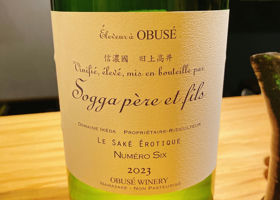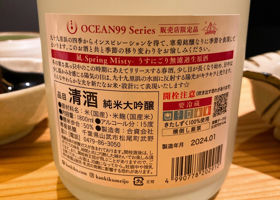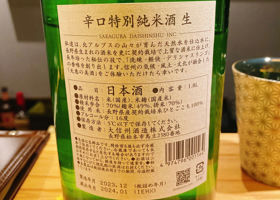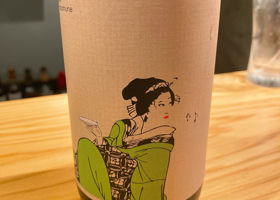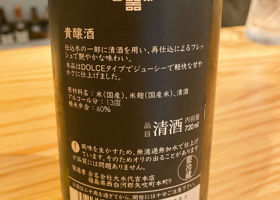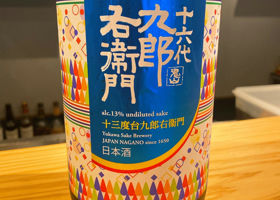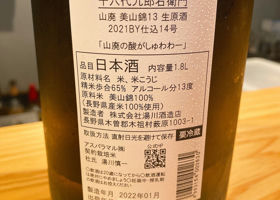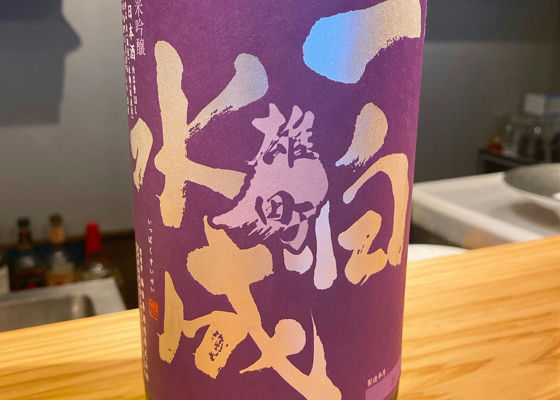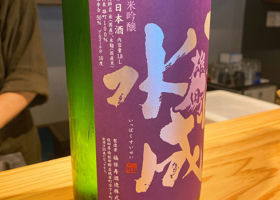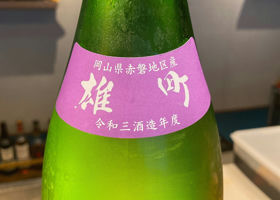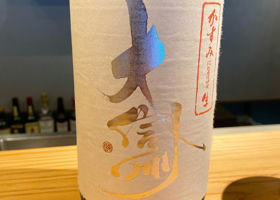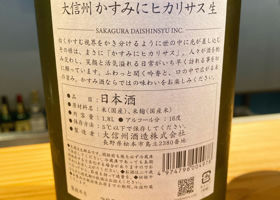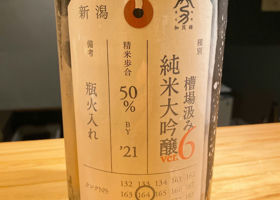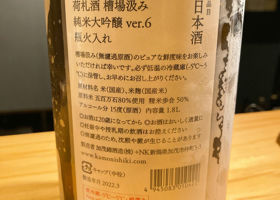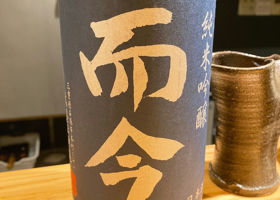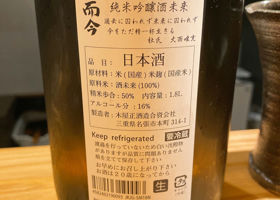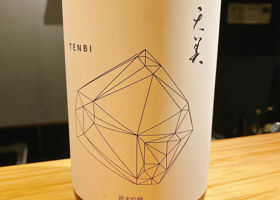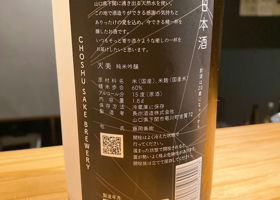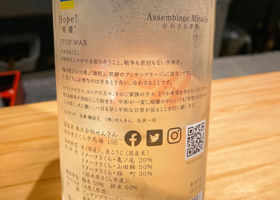Timeline
やす☆Ikedalot. It has a clean, crisp mouthfeel with a crisp acidity. The impression is that the acidity stands out. やす☆The rice and milling ratio are different from last year.
Fresh, soft banana-like sweetness dominates, with a light nigori graininess and a sharpness accompanied by acidity. やす☆It has a freshness, but it is moderate. It has a crisp, clear flavor that is typical of Taishinshu, and a good, clear flavor that is hard to believe that it is 70% polished. やす☆This one is also open-mouthed. It has a freshness, perhaps because it was opened on the palate.
It is not sweet like a noble sake, but has a light, instrumental, grape-like juiciness that makes it easy to drink, and it can be drunk normally as a food wine. やす☆It has the freshness of nama-shu, the moderate acidity of nama-hashimoto, a refreshing fruitiness, and the firmness of yamahai-hara-shu despite its low alcohol content.
It has an interesting sense of balance that is hard to find elsewhere. やす☆The first sip is impressive, with a soft, clear pear-like sweetness that is typical of 50% polished wines. やす☆It has a strong melon-like sweetness and flavor for a Daishinshu. It has the freshness of nama-shu, but the taste is generally soft and the sharpness is moderate for Taishinshu. やす☆It is fresh, sweet, and delicious, but has a refreshing feel typical of Gohyakumangoku, and the sweetness is moderate for a packaged sake. やす☆It has a subtle freshness and a soft, elegant white peach-like sweetness and flavor. It is indeed a great taste. やす☆It has a subtle freshness while being fire-aged. It has a good balance of sweetness, flavor, and acidity, and is delicious this year as well. やす☆It has a deep fruitiness like ripe apples and finishes with an acidity that is typical of Sentori. RecommendedContentsSectionView.title
